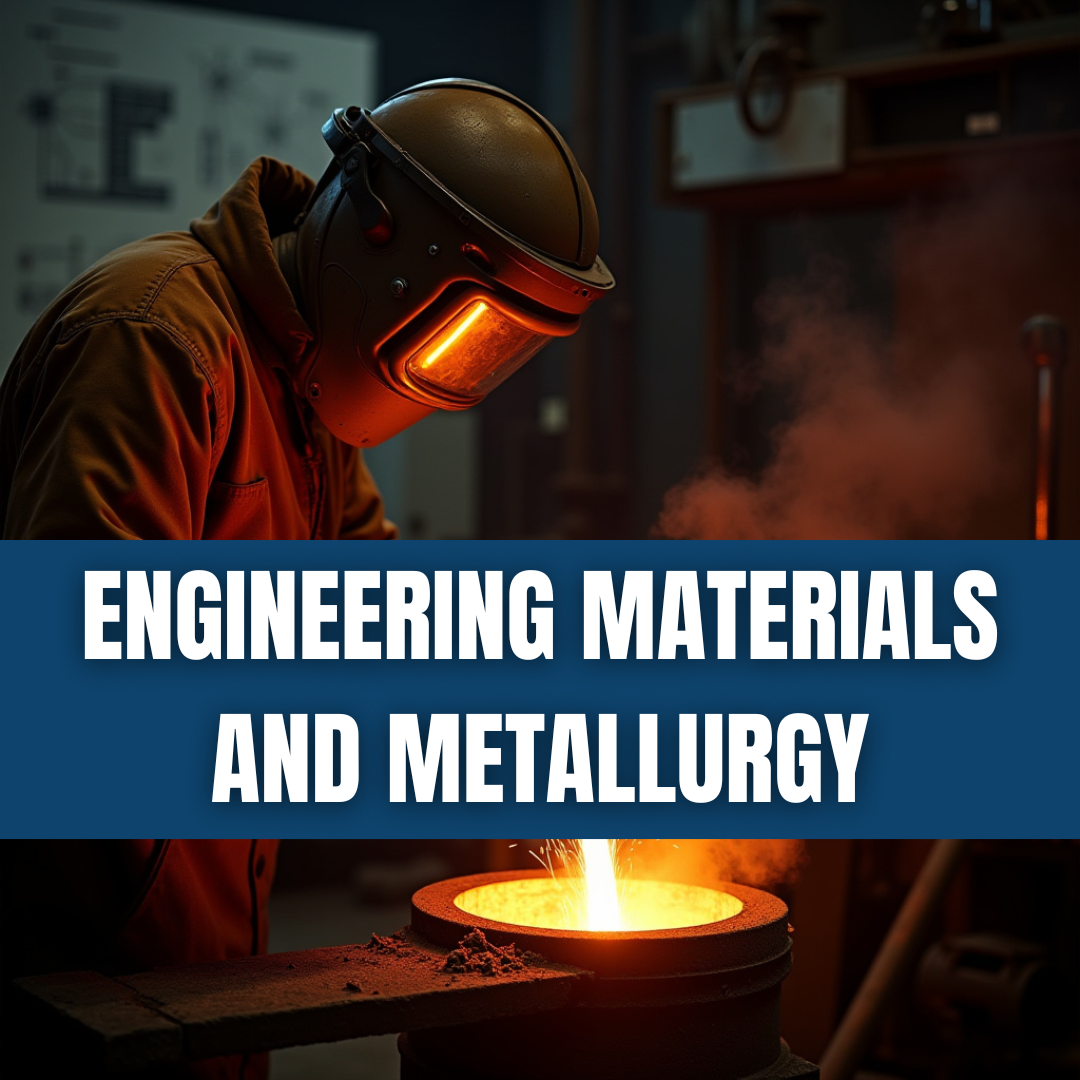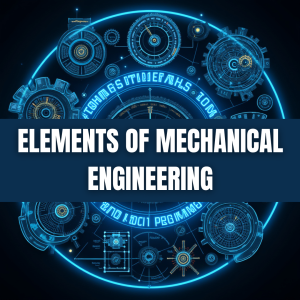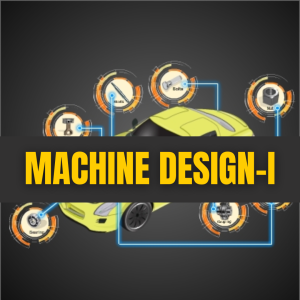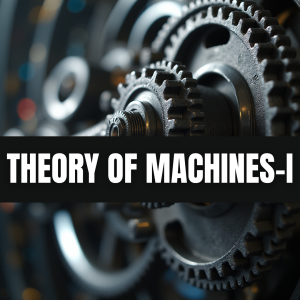Engineering Materials and Metallurgy
13.98$
About the course
Engineering Materials and Metallurgy covers the basics of Crystal Structure, Ferrous and Non Ferrous Materials, Semiconductors and Alloys, along with their Properties and Testing. It also covers different Heat Treatment Processes, Phase Transformation Curves and related terms in detail.
What will you learn?
The complete online syllabus of this course comprises 9 Learning Modules | 186 Topics of Learning | 8 Hours of Learning | 35 Assessments
Module
- Crystallography
- Phase Transformation System
- Heat Treatment Processes
- Ferrous Materials
- Materials, their Properties and Testing
- Ferrous and Non-Ferrous Materials
- Magnetism and Semiconductors
- Miscellaneous Materials
- Alloys
Topics of Learning
- Importance of Materials
- Atomic Model
- Periodic Table
- Atomic Structure
- Metallic Bonding
- Crystal Structure
- Microstructure and Macrostructure
- Bravais Lattice
- Atomic Packing Factor
- Density of Atomic Packing Factor
- Miller Indices
- X-Ray Crystallography Technique
- Types of Crystal Lattice
- Body Centred Cubic Lattice
- Face Centred Cubic Lattice
- Closed Packed Hexagonal Lattice
- Types of Crystal Materials
- Crystalline Materials
- Amorphous Materials
- Crystallographic Notation
- Polycrystalline Materials
- Polymorphism
- Crystal Imperfections
- Point Defects
- Line Defects
- Interfacial Defects
- Volume Defects
- Dislocations
- Yield Strength
- Diffusion in Solids
- Methods of Diffusion
- Factors Affecting Diffusion
- Nucleation and Grain Growth
- Recovery and Recrystallization
- Theories of Plastic Deformation
- Introduction to Phase Transformation
- Phase Rule
- Single-Component System
- Binary Phase Diagram
- Free Energy Composition Curve for Binary System
- Iron Carbon Equilibrium Diagram
- Effect of Alloying Elements
- Copper Zinc Phase Diagram
- Ternary Phase Diagram
- Quaternary Phase Diagram
- TTT Curve
- Transformation in Steel
- Isomorphous System
- Eutectic System
- Peritectic System
- Monotectic System
- Eutectoid System
- Introduction to Heat Treatment
- Heat Treatment of Steel
- Annealing
- Normalizing
- Hardening
- Tempering
- Quenching
- Surface Hardening
- Induction Flame Hardening
- Oxyacetylene Flame Hardening
- Carburizing
- Nitriding
- Cyaniding
- Grain Size in Steel
- Carbonitriding
- Hardenability
- Determination of Hardenability
- Jominy end-quench test
- Heat Treatment Defects
- Quench Cracks
- Effects Produced by Alloying Elements
- Ferrous Metals and Alloys
- Composition of Ferrous Alloys
- Types of Ferrous Alloys
- Effect of Alloying Elements-1, 2
- Effect of Alloying Elements-3, 4
- Effect of Alloying Elements-5, 6, 7
- Mechanical Properties of Material
- Stress-Strain Diagram
- Ductile and Brittle Materials
- Strength Testing
- Hardness Testing
- Impact Testing
- Fatigue Testing
- Creep Testing
- Non-Destructive Testing
- Ferrous Materials
- Types of Carbon Steel
- Alloy Steels
- Introduction to Cast Iron
- Non-Ferrous Materials
- Introduction to Brass
- Introduction to Bronze
- Bearing Materials
- Aluminum Alloys
- Some Miscellaneous Alloys
- Fundamental Terms related to Magnetism
- Permeability and Magnetic Field Intensity
- Atomic Origin of Magnetism
- Classification of Magnetic Material
- Diamagnetism
- Paramagnetism
- Ferromagnetism
- Anti-Ferromagnetic Materials
- Ferrimagnetic Materials
- Magnetostrictions
- Electron Orbits and Energy Levels
- Energy Bands in Solids
- Classification of Solids
- Intrinsic Semiconductors
- Extrinsic Semiconductors: n-Type
- Extrinsic Semiconductors: p-Type
- Semiconductor Conductivity
- Effects of Heat and Light on Conductivity
- What is p-n Junction?
- Step and Graded p-n Junction
- Energy Diagram of p-n Junction
- Forward Biasing
- Reverse Biasing
- Breakdown in Reverse Biased Diode
- Barrier Potential and Junction Temperature
- Diode Current Equation
- Current Components in a p-n Junction Diode
- V-I characteristics of p-n Junction Diode
- Effects of Temperature on V-I Characteristics
- Silicon and Germanium Diodes: V-I Characteristics
- Messier effect
- Type I Superconductors
- Type II Superconductors
- Temperature Dependence of Critical Field
- Application of Superconductors
- Ceramics and Plastics
- Types of Ceramics
- Mechanical Behavior of Plastics
- Optical Materials
- Thermal Materials
- Composite Materials
- Smart Materials
- Nano Materials
- Corrosion and its Control
- Necessity of Alloying
- Types of Solid Solutions
- Hume Rothery’s Rule
- Intermediate Alloy Phases
- Electron Compounds
For a quick review, please watch our videos here 👉🏻Online Video-Tutorials For Engineering Materials & Metallurgy




